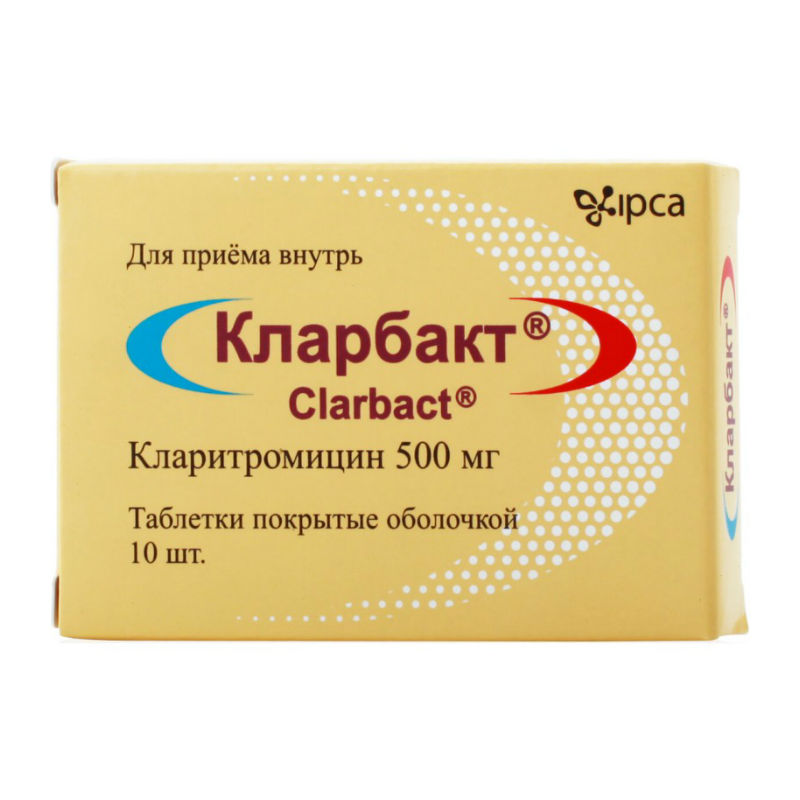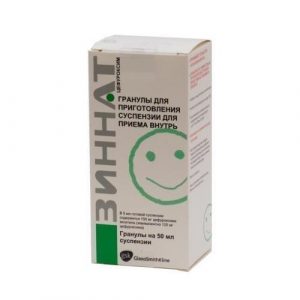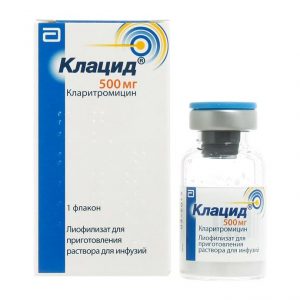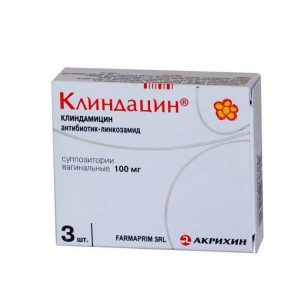Description
Latin name srdlp
packaging 10 pcs
Pharmacological action
Clarbact has antibacterial, bacteriostatic, bactericidal action.
Indications
Bacterial infections caused by susceptible microorganisms: upper respiratory tract infections (laryngitis, pharyngitis, tonsillitis, sinusitis), lower respiratory tract (bronchitis, including exacerbation of chronic bronchitis, pneumonia, SARS), skin and soft tissues (folliculitis, furunculosis, impetigo, wound infection), otitis media ulcer of the stomach and duodenum (Helicobacter eradication combination therapy), mycobacteriosis (including atypical, in combination with ethambutol and rifabutin), chlamydia.
Contraindications
Hypersensitivity (including to erythromycin and other macrolides), porphyria, concomitant use of cisapride, pimozide, astemizole, terfenadine.
Use during pregnancy and lactation
During pregnancy, it is possible only in cases when the expected effect of therapy exceeds the potential risk to the fetus in the absence of alternative suitable therapy (adequate and strictly controlled studies of the safety of use in pregnant women have not been conducted). If pregnancy occurs during treatment with clarithromycin, the patient should be warned of a possible risk to the fetus. At the time of treatment, breast-feeding should be stopped (clarithromycin and its active metabolite pass into breast milk, the safety of use during breast-feeding has not been established).
Composition of
Each coated tablet contains:
Active ingredient: Clarithromycin – 500 mg.
Excipients: microcrystalline cellulose, corn starch, pregelatinized starch, polyvinylpyrrolidone, purified talc, sodium starch glycolate, colloidal silicon dioxide, stearic acid, magnesium stearate.
Shell composition: isopropyl alcohol, hydroxypropyl methylcellulose, titanium dioxide, purified talc, polyethylene glycol 6000, methylene chloride, lemon flavor, peppermint powder.
Dosage and administration of
Clarbact is taken orally. The dosage regimen and duration of the course of treatment are determined individually, taking into account the indications, the severity of the infection, and the sensitivity of the pathogen. Inside, adults and children over 12 years old – 250-500 mg 2 times a day, the course of treatment is 6-14 days. In the treatment of infections caused by Mycobacterium avium, sinusitis, severe infections, including caused by Haemophilus influenzae, – 500-1000 mg 2 times a day, maximum daily dose of 2 g. Children under 12 years of age – at the rate of 7.5 mg / kg body weight every 12 hours, the maximum daily dose of 500 mg. In patients with renal failure (with Cl creatinine less than 30 ml / min or serum creatinine concentrations greater than 3.3 mg / 100 ml), the dose should be reduced by 2 times. The maximum duration of treatment in patients of this group is no more than 14 days.
Side effects
From the nervous system and sensory organs: headache, dizziness, anxiety, fear, insomnia, nightmares, tinnitus, taste change rarely – disorientation, hallucinations, psychosis, depersonalization, confusion in isolated cases – hearing loss occurring after drug withdrawal there are reports of rare cases of paresthesia.
From the digestive tract: impaired gastrointestinal function (nausea, vomiting, gastralgia / abdominal discomfort, diarrhea), stomatitis, glossitis, transient increase in liver transaminases, cholestatic jaundice rarely – pseudomembranous enterocolitis has been reported in rare cases of hepatitis in exceptional cases liver failure.
From the cardiovascular system and blood (hematopoiesis, hemostasis): rarely – thrombocytopenia (unusual bleeding, hemorrhage), leukopenia is extremely rare – lengthening of the QT interval, ventricular arrhythmia, including ventricular paroxysmal tachycardia, ventricular flutter / fibrillation.
From the genitourinary system: there are reports of rare cases of an increase in serum creatinine concentration, the development of interstitial nephritis, and renal failure.
Allergic reactions: skin rash, itching, malignant exudative erythema (Stevens-Johnson syndrome), anaphylactoid reactions.
Other: the development of the resistance of microorganisms in rare cases – hypoglycemia (during treatment with oral hypoglycemic agents and insulin).
Overdose
Probably the development of symptoms from the gastrointestinal tract (nausea, vomiting, diarrhea) headache, confusion.
Immediate overdose with gastric lavage and symptomatic treatment. Hemodialysis and peritoneal dialysis do not lead to a significant change in serum clarithromycin levels.
Storage conditions
In a dry, dark place at temperatures below 25 ° C. Keep out of the reach of children.
Expiration
2 years.
Deystvuyuschee substances
clarithromycin
Dosage form
dosage form
tablets




